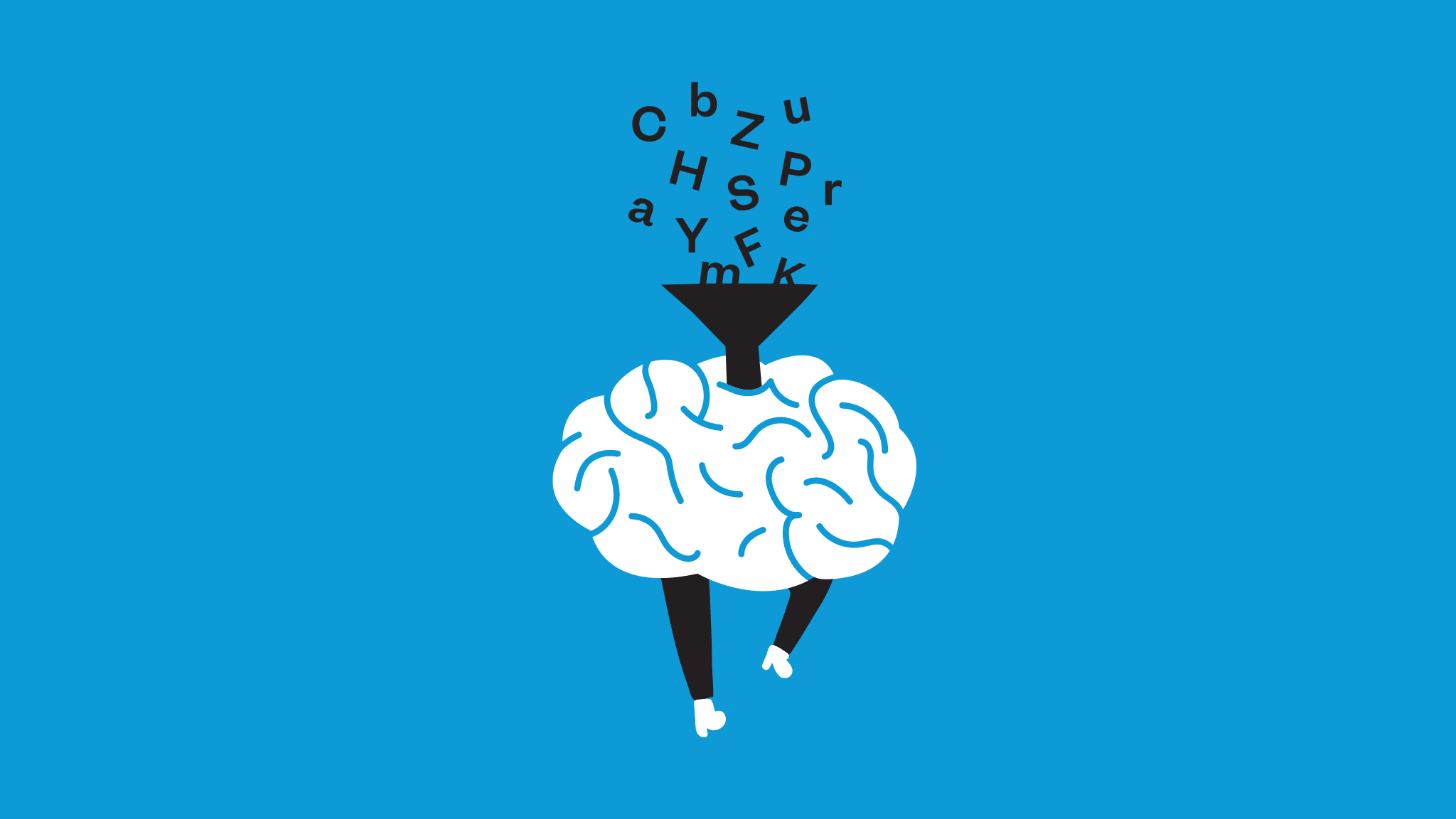
Communication is not merely the message you tell; it is also how that message is processed in the brains of your target audience. This applies to conducting a conversation, but also to writing and reading a text. With my interest in psychology, I am very grateful to the (behavioral) scientists of the 1970s and 1980s for connecting psychology and economics. It gives me enough interesting reading material, but—most importantly—ensures that we can make shifts in behavior happen!

In recent decades, scientists’ view on humanity has shifted from homo economicus—completely rational and always focused on their own interest—to a complex, multifaceted being, driven by social instincts. In other words: an emotional human being. And with a growing stream of information, the role of emotion is becoming even more important in marketing communication. How do you ensure that your target audience picks up on those emotion in your text? By making sure you use all the key elements for telling a successful story.
We make about 35,000 choices every day. If those choices were to all be made in our rational brain, we would get incredibly tired. Behavioral psychologist Daniel Kahneman divides the brain into two systems, which he conveniently calls System 1 and System 2. System 1 is our subconscious brain. 3 x 3 = … whether only ‘9’ or also the tune of Pippi Longstocking comes to mind—this form of fast, associative, and emotional thinking typifies System 1. System 2, on the other hand, is slow, rational, and conscious. Looking for facts, weighing pros and cons—basically everything that needs full attention happens in System 2.
Back to those 35,000 daily choices: they are largely made in the subconscious brain. System 2 is rather lazy. If possible, the choices simply rely on the information that is processed in System 1. In order to influence behavior as a communication professional it is very interesting to focus on System 1. What’s happening over there? How does this part of the brain work? And how do you respond tactically to that?
That is where the power of storytelling lies. Storytelling works. Why? From an evolutionary point of view, stories contain important survival information, and they have a pattern that is easy and quick for our brain to pick up. As a result, our (System 1) brain automatically filters out the noise around it, and those stories attract us. And creating attraction? That is exactly what you want to achieve as a brand.
Does it mean that as a content creator, you should turn every message into an elaborate fairy tale? No. Definitely not. Because although our brain likes stories very much, it also likes simple, logical information. As you know: lss s mr—that too is storytelling.
So how do you write a simple, logical, and enjoyable story?
So important. For example, avoid negatives in your core message. So write ‘avoid negation’ rather than ‘don’t use negation’; your brain automatically ignores words like ‘no’ and ‘not’. And if your text allows it, choose the magic of three and go for a combination of three words or sentences. ‘Build your brand’ sounds nice, right? And finally, rhyme and alliterate because those are great patterns for your brain. These tricks help ensure that your target group accepts your message as truthful and it sticks better.
In short: stories have power. They contain important information, and as a communication professional you use it to get your message across. Never underestimate the importance of text for your brand. Would you like to discuss the words you use to create your brand? 📝
PS Interesting, right? I know! Also read “Thinking, Fast and Slow” van Daniel Kahneman, “Supercharge your stories” van Paul Hillesum or take a look at merkwaardigeboeken.nl.